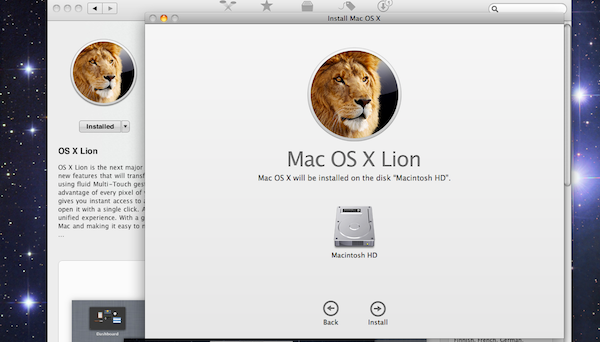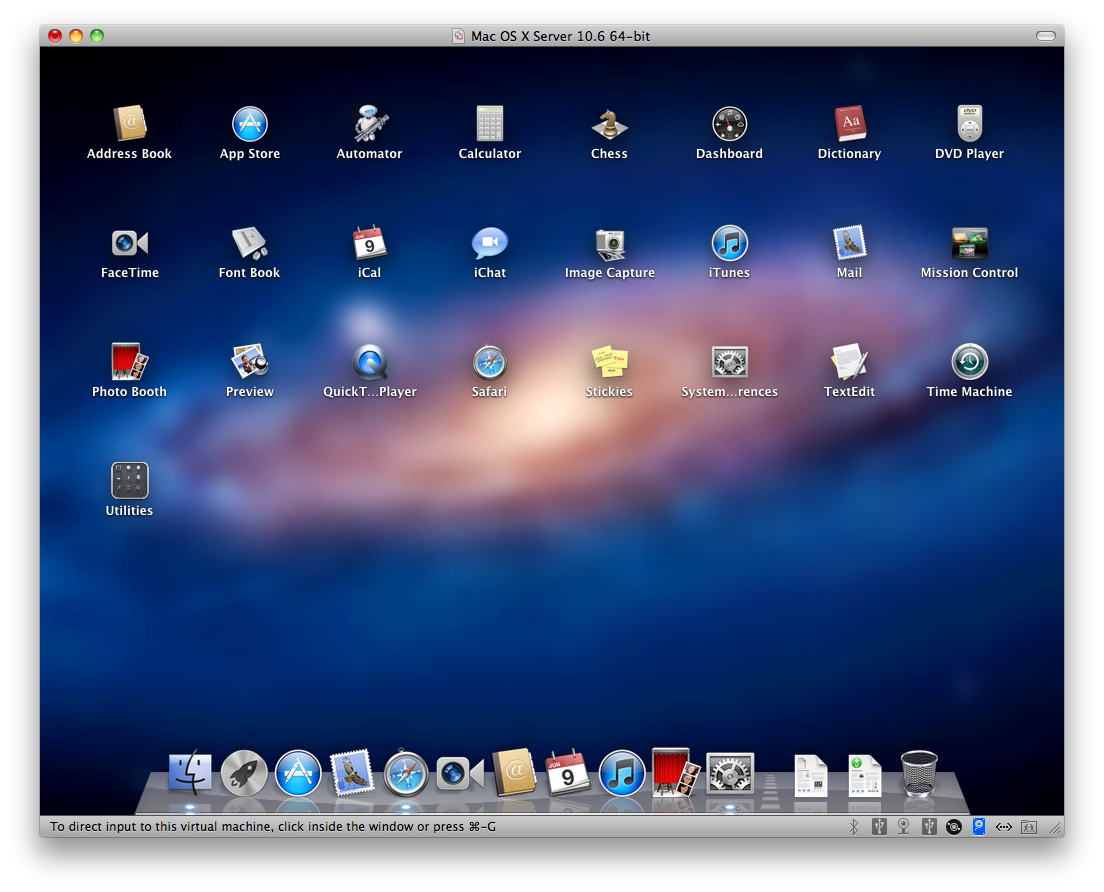
#Mac os x lion reinstall mac#
If you have a newer Mac system, then as long as you have the latest firmware updates installed you should be able to use Apple's Internet Recovery feature and can bypass the need for a local Recovery HD partition. Doing this should keep your data and installed applications intact, but result in a fresh local Recovery HD partition installed along side your OS installation.

#Mac os x lion reinstall download#
If your system initially had a recovery partition but after cloning and formatting it is no longer available, then one method of getting it back is to simply download and reinstall Lion from the Mac App Store. With these methods, do keep in mind that you may have to restart with the Option key held down to select and boot from the Recovery HD partition on the attached drive. Alternatively you can reboot to your main OS installation, run Disk Utility, and then format the new "Macintosh HD" volume on your secondary hard drive, which will leave the Recovery HD partition there for you to use if needed, while freeing up the rest of the drive for other uses. When the installation is complete, you can then boot to the new drive and run Apple's Lion Recovery Disk Assistant tool to create a separate recovery thumb drive.
#Mac os x lion reinstall install#
The first is to create an external boot drive from the installation disk image that is contained within the installer, and the second is to simply run the installer and install Lion to a secondary hard drive. With the installer available, you now have two options. To do this, you will first need to redownload the Lion installer from the Mac App Store (you can do this by holding the Option key and clicking the Purchases tag, which will give you an option to redownload the installer). As a result you will not be able to use advanced drive encryption options and iCloud's "Find my Mac" feature however, you can still create a Recovery HD partition on another drive to use its tools. If Lion was initially not able to create a Recovery HD partition because your drive setup is unsupported, then you will not be able to create the partition on your boot volume. Unfortunately doing this will only copy the files from your OS X installation and not from other partitions like Recovery HD, so if you have cloned your system to an external drive followed by repartitioning and formatting your internal drive and restoring, then you likely will have removed the recovery HD partition.


While block-level cloning of a drive will preserve its partitions and the data on multiple volumes, this cannot be done on the boot drive so an alternative that is more commonly used is file-level cloning that copies all the files from one volume to another. In addition to unsupported drive configurations, you can inadvertently remove the Recovery HD partition if you format your drive and restore from a cloned backup. If you've installed Lion on a drive with too many partitions or an unsupported RAID array, then while the Lion installer will allow you to continue the OS installation, it will just omit setting up the Recovery HD partition. While this partition should be present on most systems running Lion, in some situations it may be missing.


 0 kommentar(er)
0 kommentar(er)
